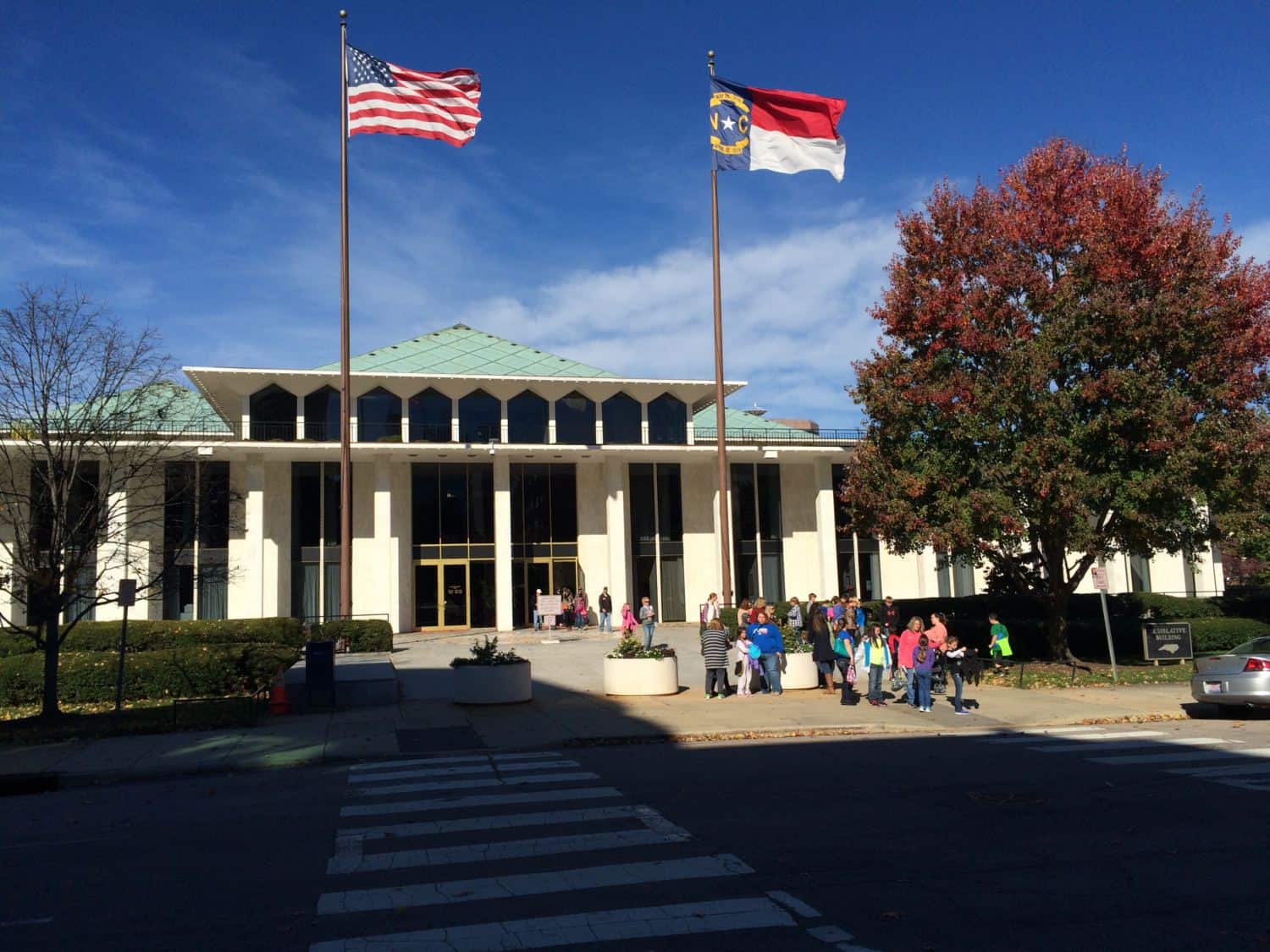In the 2014-15 budget North Carolina teachers received an average 6.92 percent pay raise, the largest raise in the country that year. The 2015-16 budget provided a further increase with an average 2.2 percent pay raise. In the 2016-17 budget teachers received an average 4.7 percent pay raise which is projected to raise average teacher pay to over $50,000 in North Carolina. This equates to a cumulative average pay raise of about 13.8 percent. In comparison, the national cost of living for each of those years went up 1.72 percent, 0.42 percent, and (estimated) 0.84 percent respectively.1 From 2013 to 2016, the cumulative increase in cost of living was about 3.02 percent. When adjustments are made for cost of living between North Carolina and other states, North Carolina is now about 29th in the country in teacher pay.2
Now WRAL, the News & Observer, and others are trying to deny the obvious – that there was a significant pay raise this year for teachers. They apparently don’t know what the word “average” means. They find someone who received less money than the “average” and claim that the “average” pay raise is irrelevant. Someone at these media giants should read the dictionary and learn what the term “average” means.
The 2014-15 pay raise was oriented towards beginning teachers, some of whom received pay raises as high as 18 percent. This year’s raise targeted middle and more experienced teachers, some of whom received raises as high as 13 percent. It would not be proper to use these high outliers in ads. Neither is it proper to use outliers on the other side of “average.”
If you just consider state spending on teacher pay, the North Carolina Department of Public Instruction has stated that North Carolina ranks 8th in the percentage of our education budget that comes from state funds. In terms of actual dollars spent, we were 32nd in the nation in per-pupil state spending in 2013-14 according to the US Census Bureau.3 Unfortunately this is the most recent Census Bureau data available and it does not take into account the significant salary adjustments that have taken place since the 2013-14 budget. From a teacher’s perspective, however, it is appropriate to also consider local and federal funding because these sources factor into a teacher’s total paycheck.
The N&O4 and WRAL5 argue that it is misleading for state officials to claim that legislative teacher pay raises should increase the “average” teacher salary this year to $50,000 because that total includes local supplements. If they want to factor out local supplements and only consider state spending on education they should now report that we would actually rank higher than 41st in a national comparison – a fact they never mention. Because the Census Bureau lags a few years behind the National Education Association in its reporting, North Carolina’s current national ranking in actual state spending is not readily available.
One must either consider or not consider the local supplement. To say that North Carolina is 41st in the nation in teacher pay (federal, state, and local funding combined), but then criticize state legislators for using that very same salary total because it includes non-state resources is mystifying. If we only look at the funding streams controlled by the General Assembly, we have increased education funding by $1.2 billion (about 13 percent) under Governor McCrory. We were 32nd in state funding per-pupil in 2013-14, a ranking that is not adjusted for cost of living (which would push North Carolina further up the list) and that is likely to be higher now after the significant increases from the past few years. No doubt WRAL and the N&O would give legislators a red light if we started touting that across the state. Why? Because it does not include local and federal funding. These mighty media moguls say we are misleading if we include local funding, and we are misleading if we do not include it!
None of these calculations include the health and retirement benefits packages, which average about $16,000 per year for a full-time teacher in North Carolina. These benefits are another relevant factor when talking about teacher compensation in North Carolina. To view calculations of several salary and benefits packages from across the state, see this overview of teacher compensation across North Carolina.
Most educators, legislators, and journalists know that teacher compensation is a complex issue. Over the past several years the General Assembly has made it a priority to address the issues surrounding teacher pay in North Carolina while maintaining a fiscally responsible state budget in an economy that is still recovering from the recession that began in 2008. Our work in providing the largest-in-the-nation state funding increases for teacher salaries over the past three budgets has been astounding.
Another interesting fact worth considering: At the university level North Carolina is 4th in the nation in actual state spending per NC student at the 16 campuses of the University of North Carolina.
Recommended reading


